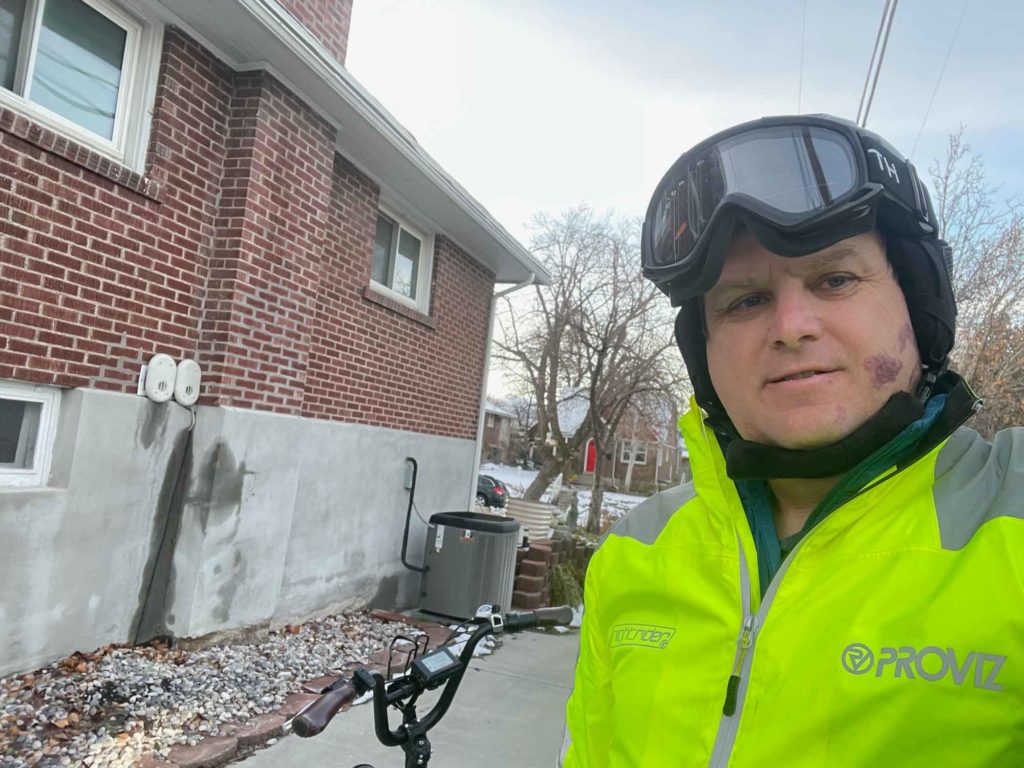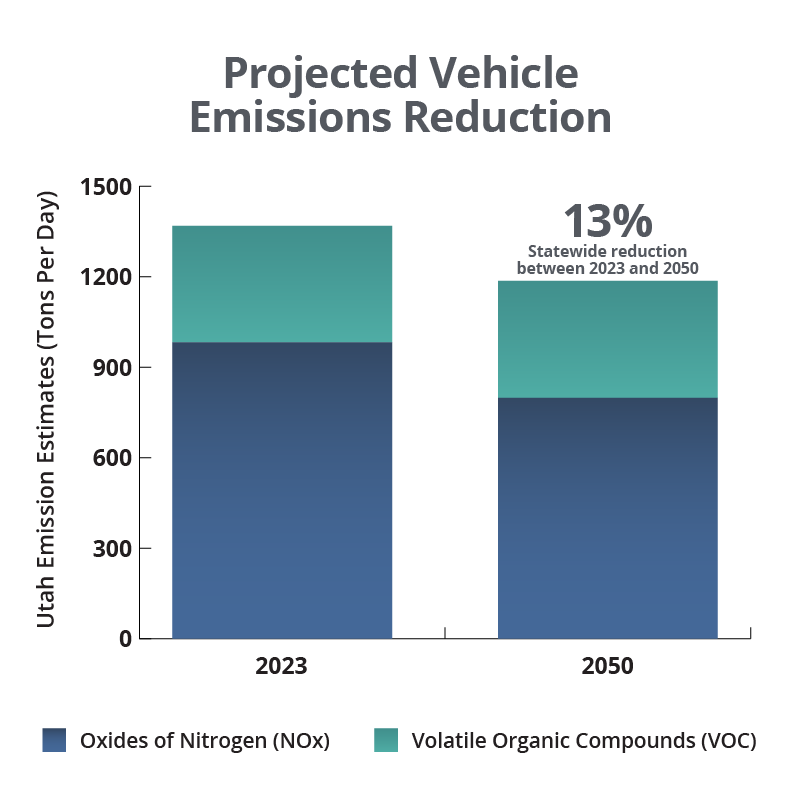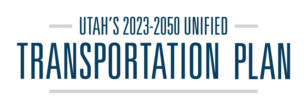Good Health
Good health encompasses the well being and safety of individuals and communities. Transportation options and actions impact both, with leaders recognizing the role of active transportation, like walking and biking, in mental and physical health and acknowledging how travel choices impact environmental conditions that affect health, like air and water quality. Working closely with the Utah Department of Health and Human Services (UDHHS), transportation leaders identify communities whose overall health is negatively impacted by limited transportation choices. The Unified Plan addresses these inequities as part of a holistic approach to transportation planning.
Community Well-Being Index
Transportation partners work closely with UDHHS to address overall community health. In fact, UDHHS launched a website tool that allows all Utahns to better understand the health of their community. This tool, called the Utah Healthy Places Index, ranks overall community health based on life expectancy and examines many factors related to these rankings, including transportation. Using this tool, transportation planners can determine which communities’ transportation situation needs improvement. This analysis may impact transportation planning and project prioritization in the future.

The Human Side: Nick
Purchasing an electric bike completely changed how Salt Lake City resident Nick gets around. He rides almost every day, even in the winter months. It’s actually quicker than his driving commute used to be because he can avoid most traffic lights. He uses his e-bike to get to the grocery store, the hardware store, the gym, the library, restaurants, trailheads, and more. A cargo basket on the back means he can also haul things like groceries and books.
Using an e-bike is good for Nick’s mental health, too. He notices more of the world around him as he rides instead of whizzing by at a 30-miles-per-hour car pace. This “biking mindset” means Nick has also started riding his regular bike more. He loves to use his regular bike for exercise, to travel up the canyons, and for casual rides through his 15th and 15th neighborhood.
Biking in Utah has come a long way since Nick rode to the corner store as a kid, and the convenience of an e-bike has especially changed the way he thinks about his transportation options.
Safety
If transportation facilities are not safe, then community and individual health is at risk. The Unified Plan partners support the goal of Zero Fatalities, an initiative committed to preventing all serious injuries and deaths on Utah’s roadways. One life lost is one too many. Planning for improvements to the transportation system can increase safety for drivers, cyclists, transit users, and pedestrians and by doing so enable more people to choose to walk and bike. Consistent maintenance also protects those who travel in Utah. By keeping infrastructure in good condition we can safeguard travelers and save investment dollars in the future.
Air Quality
A transportation system that incorporates all modes of travel provides choices for how people get around. A balanced system reduces the number of vehicles on the road, consequently reducing emissions. In addition, advances in cleaner fuel and vehicle technology will significantly improve air quality.
Over the past four years, significant improvements in emissions standards and technology have resulted in dramatic emissions decreases for our mobile sector. Those decreases are now in the baseline emissions calculations, and a 13 percent emissions decrease is still expected statewide through 2050, including a 28 percent reduction along the Wasatch Front.

In addition to technological and fleet advancements that contribute to fewer mobile source emissions, public transit agencies are in a unique position to be key partners in addressing air quality issues. Through a series of pilot zero-fare transit days, like Free Fare February, the Utah Transit Authority, in partnership with the Utah Division of Air Quality, demonstrated that increasing ridership on transit reduces air pollutants. This is why transit plays such an important role in the Unified Plan. Increased walking and biking have also had a key impact on reducing emissions statewide.
